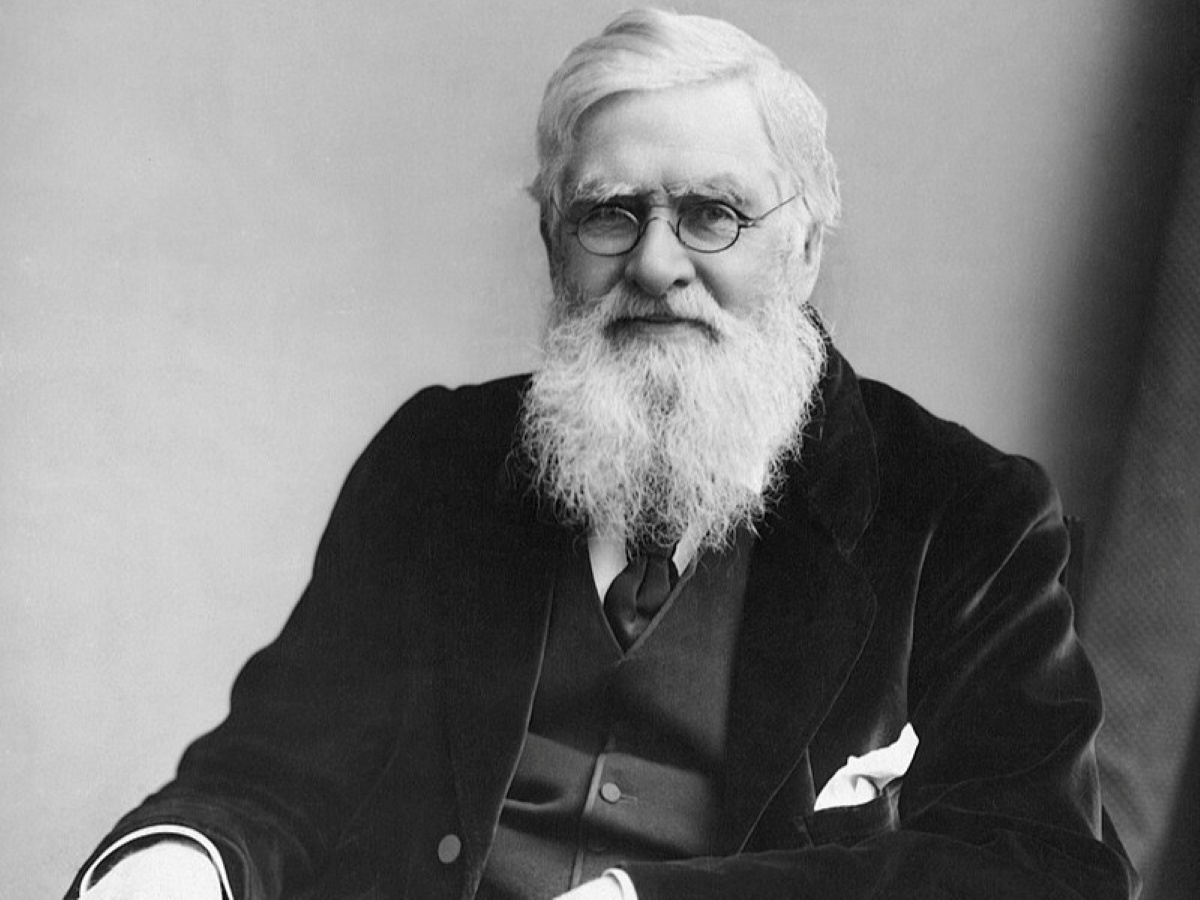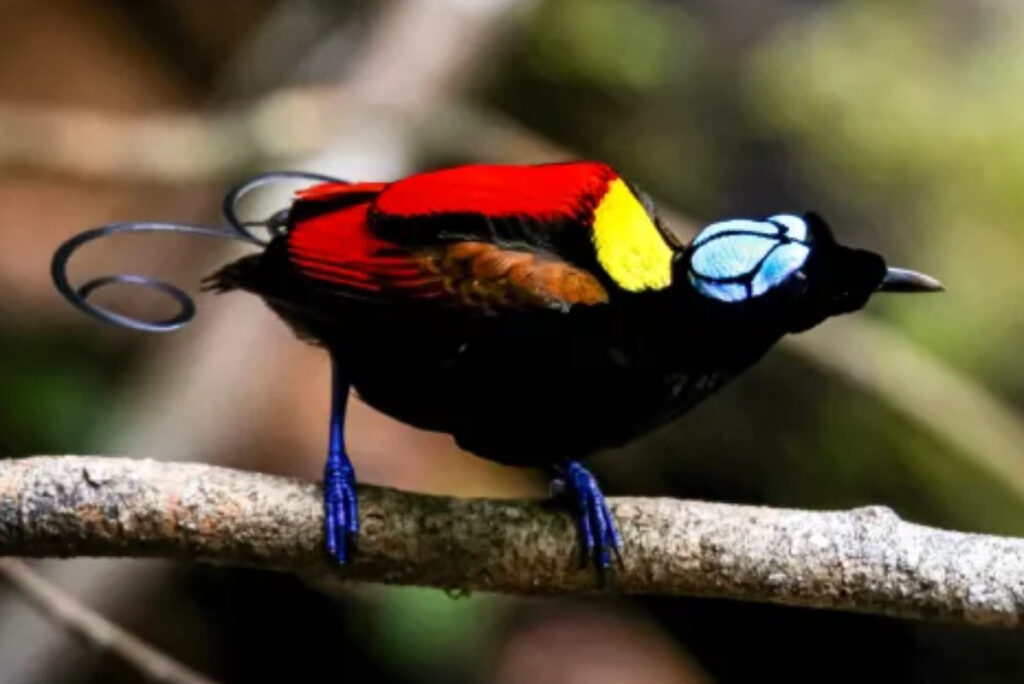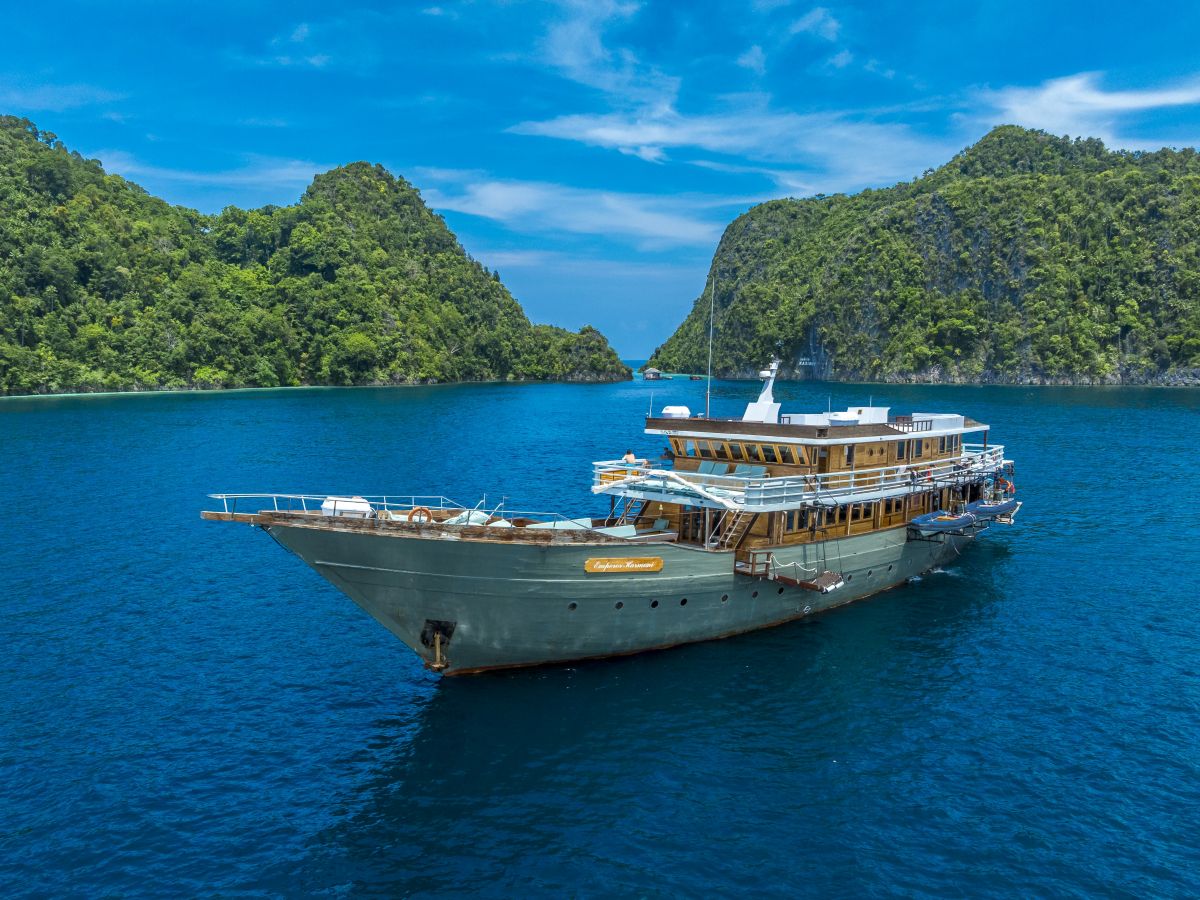In the 19th century, British naturalist Alfred Russel Wallace undertook an extraordinary journey through what is now Indonesia – a journey that not only shaped his own scientific theories but also left a lasting impact on biology and our understanding of evolution.
While Charles Darwin is more widely known, Wallace’s work, particularly across the Indonesian islands, was equally groundbreaking. His exploration of Indonesia’s rich ecosystems, unique species, and cultural diversity played a vital role in the development of evolutionary theory and modern biogeography.
Wallace arrived in the Malay Archipelago in 1854, driven by a desire to study the natural world and collect specimens for scientific research. Over the course of eight years, he travelled across islands such as Sumatra, Borneo, Sulawesi, and the Moluccas, documenting everything from insects to mammals, birds to butterflies. Indonesia’s biodiversity provided an unparalleled natural laboratory, and Wallace’s meticulous fieldwork resulted in the collection of over 125,000 specimens – many of them previously unknown to science.
One of Wallace’s most influential discoveries in Indonesia was the identification of what became known as the Wallace Line. This imaginary boundary, running between Borneo and Sulawesi and between Bali and Lombok, revealed a sharp contrast in species distribution. On one side, he found animals typical of Asia; on the other, creatures more closely related to those in Australasia. This insight laid the groundwork for the field of biogeography, helping scientists understand how species are spread across the globe and how geological forces shape ecosystems over time.
Among Wallace’s most famous encounters in Indonesia were with the Birds of Paradise – extraordinary birds known for their vivid colours and elaborate mating displays. These birds, particularly those found in the remote islands of the Moluccas and New Guinea region, fascinated Wallace. He was one of the first Europeans to observe them in their natural habitat, often undertaking long and arduous journeys through dense jungle just to catch a glimpse. His detailed descriptions and collected specimens brought the Birds of Paradise to the attention of European scientists and naturalists, elevating the global profile of Indonesia’s unique wildlife.

It was also during his time in Indonesia that Wallace independently developed his theory of natural selection. In 1858, while recovering from malaria on the island of Ternate, he wrote an essay outlining the mechanism by which species evolve. That essay, sent to Charles Darwin, prompted the joint publication of their ideas and would ultimately lead to Darwin’s seminal work, On the Origin of Species. Wallace’s Indonesian fieldwork was not only central to his own theory – it was the catalyst for one of the most important scientific breakthroughs in history.
Wallace’s observations in Indonesia went far beyond biology. He took a deep interest in the cultures, languages, and daily lives of the people he encountered, recording these experiences in his influential book The Malay Archipelago. First published in 1869, the book is both a scientific treatise and a vivid travel memoir, offering a rare and rich picture of 19th-century life in Southeast Asia. It remains a cornerstone of natural history literature and a valuable record of Indonesia’s natural and cultural heritage.
Alfred Russel Wallace’s legacy in Indonesia is profound. His work not only helped define the region’s ecological significance but also brought international attention to the wonders of the Indonesian archipelago. Today, the Wallace Line still serves as a powerful reminder of the region’s unique biodiversity, and the Birds of Paradise remain symbolic of Wallace’s passion for discovery and the extraordinary beauty of the natural world.
For anyone interested in Indonesia’s natural history, evolution, or the roots of biogeography, Wallace’s time in the archipelago is an essential chapter. His dedication, curiosity, and groundbreaking observations continue to inspire scientists and travellers alike, reinforcing Indonesia’s place as one of the most biologically and culturally rich regions on Earth.
If you would like to visit the part of the world which so inspired Alfred Russel Wallace, why not join us on one of our Indonesia itineraries or look at the trips available with our sister company Emperor Adventure.


